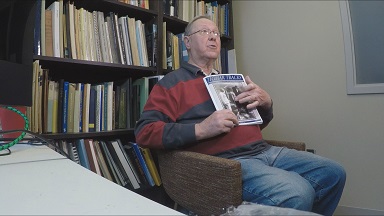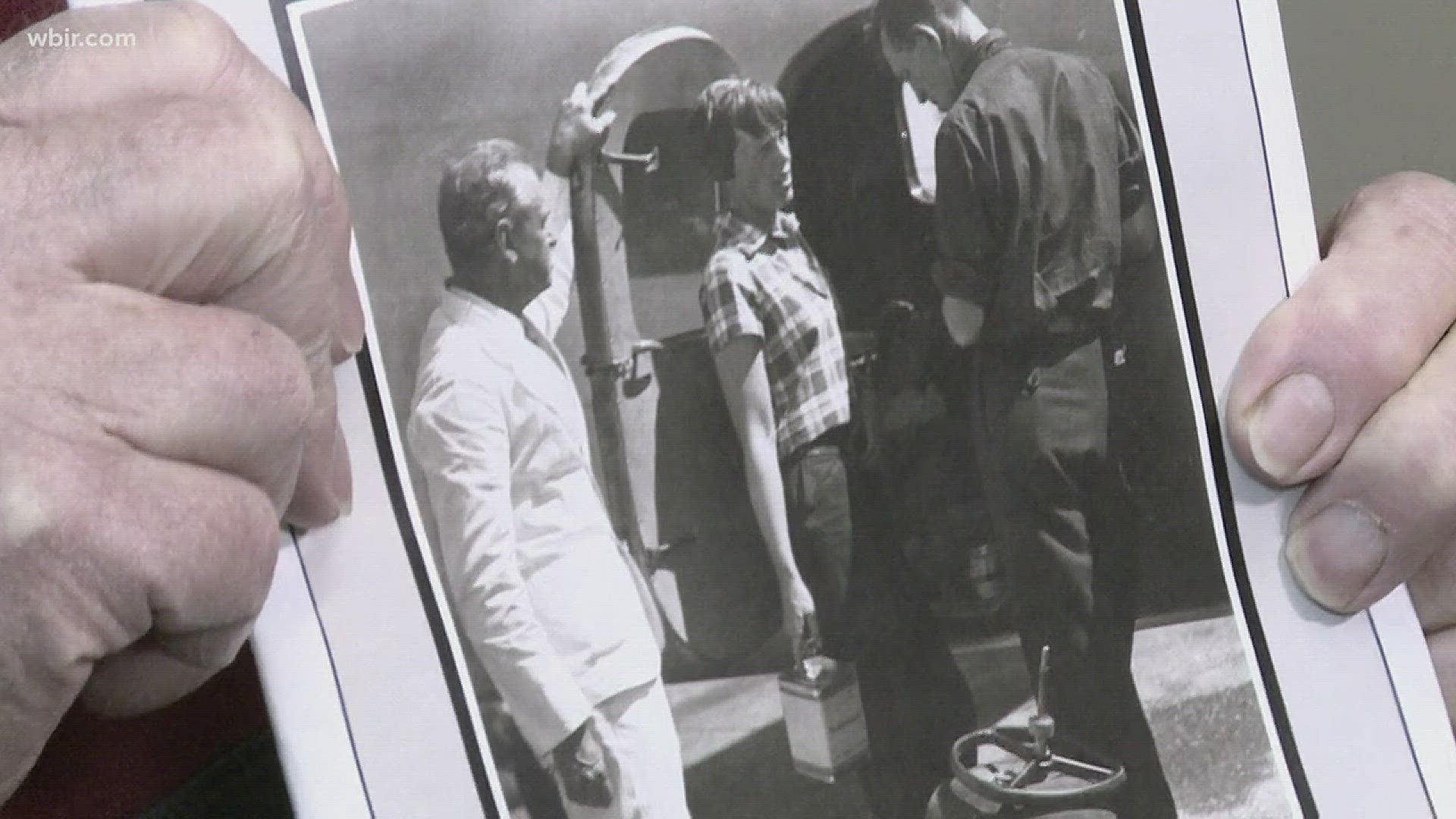"I think we found her."
For more than 80 years, no one knows what happened to Amelia Earhart.
Now, University of Tennessee professor emeritus Richard Jantz believes he might.
According to his research, bones found on Nikumaroro Island in the South Pacific are more than likely Earhart's.
In 1937, Earhart was attempting to fly around the globe. She had almost completed her trip, but she and co-pilot Fred Noonan were never seen once they took off from New Guinea. Earhart was already well-known for being the first female to fly solo across the Atlantic Ocean.
In 1940, crews found 13 bones on the island, and British physician, Dr. David Hoodless, measured and reported the bones were male.
The bones have since disappeared.
In 1997, researchers found Hoodless's report in London. From that report, Jantz concluded from Hoodless's technique that he incorrectly identified the remains as male. Jantz drew his conclusion by using a program he created that is widely used by forensic anthropologists in the U.S.

Jantz was also able to compare the measurements of the bones to forensic analysis of certain photographs of Earhart, finding that Earhart's bones are more similar to the measurements than 99 percent of more than 2,700 individuals in his research sample.
"As far as I know this is the first time actual data have been applied to the question and have supported a particular hypothesis," Jantz said.
That hypothesis is Earhart died as a castaway on the island, not in the crash, and not on the Marshall Islands. The Marshall Islands theory gained traction last was debunked once Japanese bloggers determined an apparent photo of Earhart was from two years before she disappeared.
What's more, he added, is the sextant box, women's shoe and liquor bottle found near the bones.
"If you don't think these are her remains, then you have to say that the bones and the sextant box and the shoe and the Benedictine bottle have independent origins, and that is not a parsimonious explanation," Jantz said.
Jantz said he knows some people will not accept his theory, but researchers at the International Group for Historic Aircraft Recovery, or TIGHAR, have been investigating the Earhart mystery for 30 years, and they believe Jantz's work is solid.
"It's just a joy to work with someone that good ... and come up with reliable scientific, quantified answers," TIGHAR executive director Richard Gillespie said.

